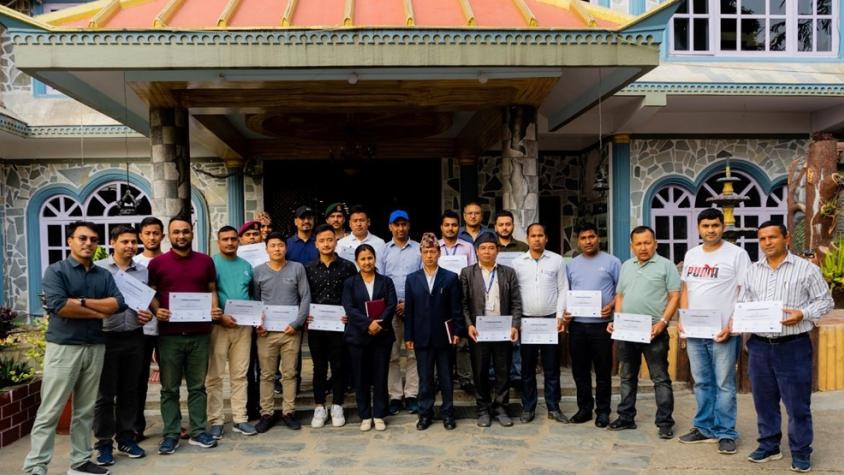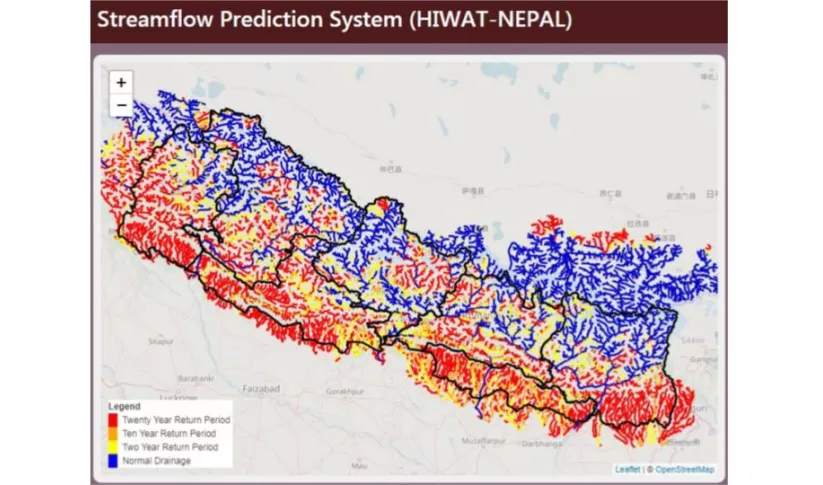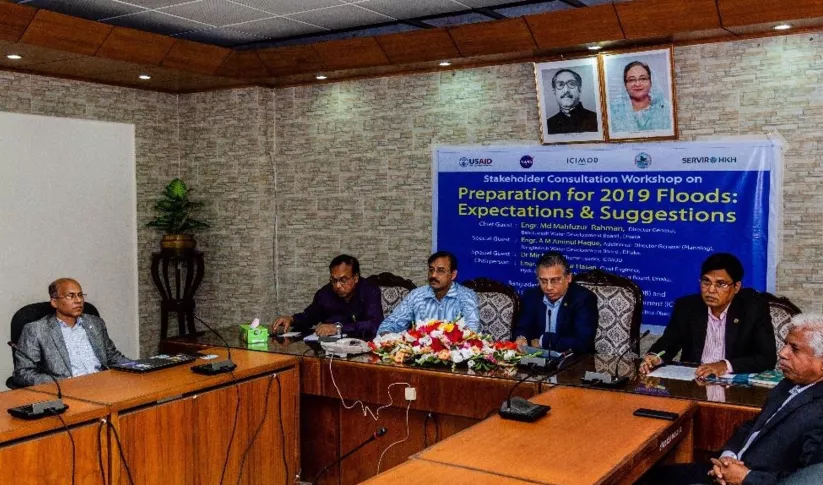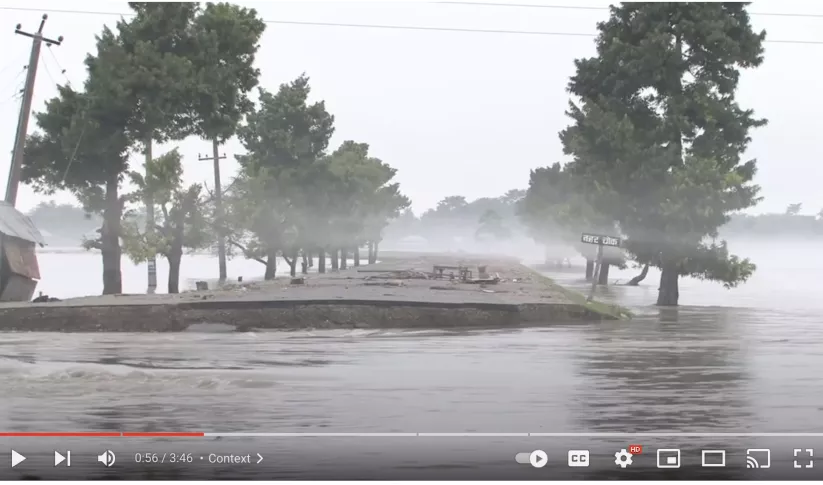Enhancing Flood Early Warning Services in the Hindu Kush Himalaya Region

SERVIR HKH, with the technical support of Brigham Young University (BYU) developed a Streamflow Prediction Tool (SPT) based on the European Centre for Medium-Range Weather Forecasts (ECMWF) ensemble forecasting. The system incorporates all primary and secondary rivers in the HKH region. The system provides user-friendly access to 10-day forecasts of streamflow. Based on the regional system, a customized web interface was developed to meet the needs of respective users in Nepal, Bhutan, and Bangladesh. For the Flood Forecasting & Warning Centre (FFWC) in Bangladesh, an interface was developed to provide prediction at transboundary rivers. Using the precipitation forecast from the High-Impact Weather Assessment Toolkit (HIWAT), a streamflow forecasting system was developed to support flash flood early warning in small local rivers in Bangladesh and Nepal. This system provides a lead time of 54 hours. We are also developing a mobile app to reach at a community level. The Enhancing Flood Early Warning service developed two products during phase 2.
- Streamflow Prediction Tool (SPT) for riverine flood early warning
- Flash Flood Prediction Tool (FFPT) for smaller rivers
Note that the service has been completed but periodic updates are made as needed by end users.
Rationale
Early warning is one of the critical elements for building the resilience of vulnerable communities against flooding. Early warning systems (EWS) are often deficient in delivering actionable information in both lead time and content. Existing in situ station-based flood EWS are challenged by short lead times and being hazard-based early warning leading to inadequate response times and insufficient information about the scale of potential impact. In Bangladesh, the hydrological models for flood early warning suffer from a lack of upstream data, making it difficult to increase lead time of flood forecasting downstream. In Nepal, flood forecasting for smaller rivers is a challenge due to its geography and lack of in situ data. Longer lead times and access to critical information ensures improved preparedness for responders, in turn, saving more lives and property. Disseminating warning information and giving communities timely access, is also important to get a maximum return from investing in early warning services.
-
Users
Department of Hydrology and Meteorology (DHM), Nepal
Practical Action, Nepal
Nepal Red Cross Society
Mercy Corps, Nepal
National Disaster Risk Reduction And Management Authority (NDRRMA), Nepal
Flood Forecasting and Warning Centre, Bangladesh
Bangladesh Water Development Board
National Center for Hydrology and Meteorology (NCHM), Bhutan
-
Tools
Streamflow Prediction Tool (SPT) for Riverine flood early warning
Flash Flood Predicting Tool (FPT) for smaller rivers
-
SERVIR HKH News
Mapping floods in Bangladesh caused by Cyclone Amphan to support humanitarian response
Taking stock of the damage: Mapping the impact of the 2019 Bangladesh floods using satellite imagery
Preparing for the 2019 floods in Bangladesh
Using Satellites to Aid Flood Relief Efforts
Streamflow prediction for flood warning and satellite-based inundation mapping for the HKH region
Covering all bases: Nepal’s Karnali Province plans for multi-hazard early warning systems
Underpinning flood preparedness in Bangladesh
Video: Teacher shares how he used ICIMOD’s science application to help avert a disaster in Dhading, Nepal
-
Use Case: Nepal Department of Hydrology and Meteorology (DHM)

The Nepal DHM is the national agency responsible for monitoring and managing the hydrological resources of Nepal. This Use Case describes how they used the SERVIR Enhancing Flood Early Warning Services (EWS).
-
Use Case: Bangladesh Flood Forecasting and Warning Centre (FFWC)

Enhancing Flood Early Warning Services aims to build the resilience of vulnerable communities in the Hindu Kush Himalayan region by increasing flood forecast lead times that are hosted on an interactive web platform.
-
Streamflow Monitoring, Enhancing Flood Early Warning Services, and High Impact Weather Assessment


